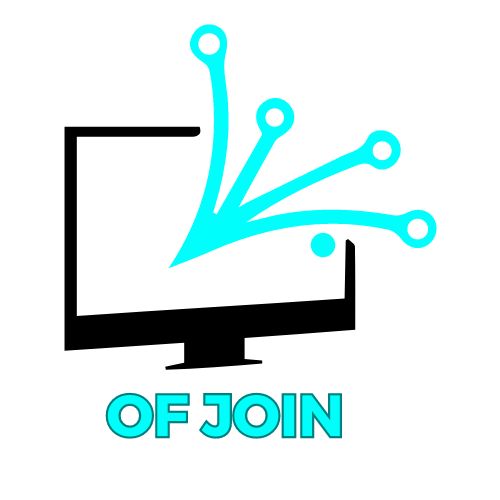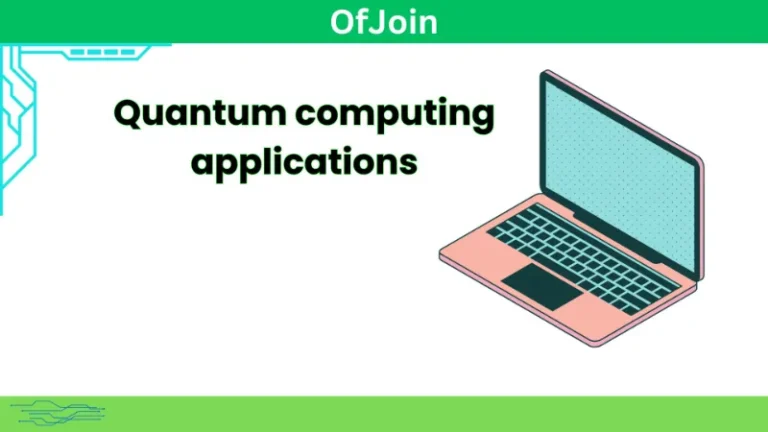From Freelancer to Founder: Turning Projects Into a Scalable Business
Many freelancers start with a simple goal: earn income doing what they love on their own terms. But over time, that one-person hustle can evolve into something much bigger—a scalable business. The transition from freelancer to founder isn’t just a mindset shift; it requires structure, systems, and strategy.
If you’ve ever thought, “I’m too busy with client work to grow,” or “I want to stop trading hours for dollars,” this post is for you. Here’s how to go from project-based income to a scalable business model that works with or without you.
Step 1: Stop Thinking Like a Contractor
Freelancers are paid to complete tasks. Founders build value. The difference lies in how you view your time, your output, and your long-term vision. Instead of asking, “How much can I charge for this job?” ask, “How can I create a repeatable process that delivers results at scale?”
This doesn’t mean you have to ditch all your clients right away. It just means shifting from being reactive to proactive—choosing projects that align with your growth goals, and slowly reducing your dependence on 1:1 work.
Step 2: Productize Your Services
The easiest way to begin scaling is by productizing what you already do. That means packaging your service into a standardized offer with clear outcomes, a flat fee, and defined timelines. Instead of customized quotes and endless proposals, clients know exactly what they’re getting and at what price.
For example, a freelance designer might offer a “Brand Identity in a Week” package. A copywriter could create a “Sales Page Starter Kit.” These offers not only make your business easier to manage, but they also allow you to hire help or outsource portions of the process later.
Step 3: Build Systems and Document Everything
Founders don’t build businesses on memory and chaos. They rely on systems. Once you’ve standardized your offer, the next step is to document how it’s delivered. Write down your processes. Create templates. Automate tasks like scheduling, invoicing, and onboarding with tools like HoneyBook, Notion, or Zapier.
Even if you’re solo right now, acting like a team of one prepares you to delegate when the time comes. Every checklist, email script, or client guide you create is an investment in future freedom.
Step 4: Start Thinking About a Team
You don’t have to hire a full staff overnight. Start with a virtual assistant, a subcontractor, or a part-time specialist. The goal isn’t just to lighten your load—it’s to multiply your output. By bringing on help, you can serve more clients, improve quality, or focus on sales and strategy instead of operations.
Many freelancers hesitate here because they think no one else can do it like them. But delegation is a skill. Train your team with your systems. Create a feedback loop. Your role should shift from doer to leader over time.
Step 5: Develop a Scalable Offer
Once your systems are solid and you’ve got some support, consider launching a scalable product—like a digital course, template shop, group program, or software. These offerings let you serve many customers at once, breaking the time-money tradeoff.
Scalable offers are built on the same skills you used as a freelancer. The key is packaging your expertise in a way that solves a common pain point for a defined audience.
The journey from freelancer to founder doesn’t happen overnight, but it starts with one decision: you want more. More impact. More freedom. More control. And it’s possible.
Thousands of successful founders began just like you—taking on freelance gigs, juggling clients, and wondering what was next. With intentional steps, systems, and a long-term vision, you can transform your hustle into a company that grows without burning you out.
Remember, freelancing is the gateway. Founding is the destination. And the best part? You don’t have to choose one or the other—you can build a business that honors both.







